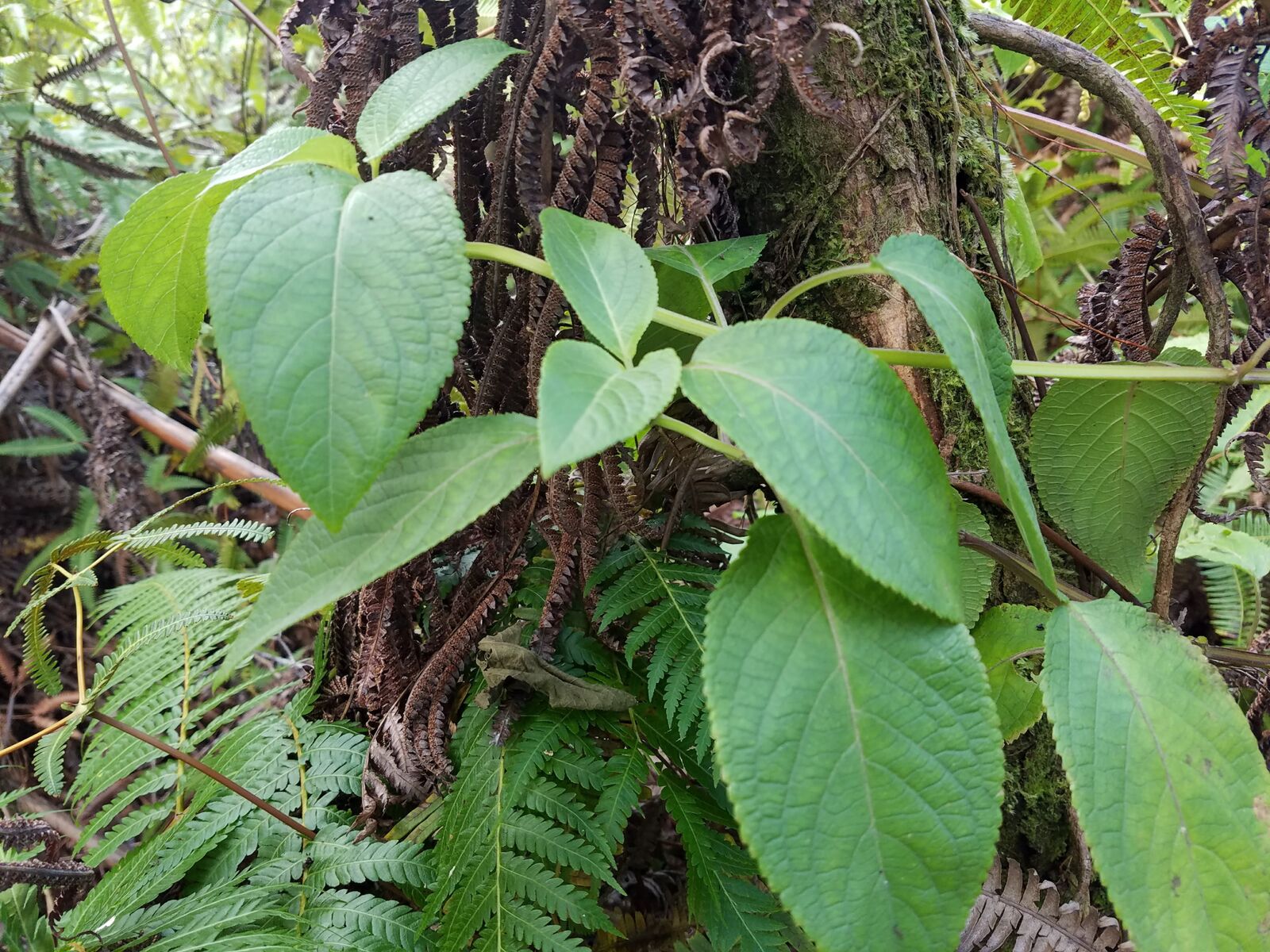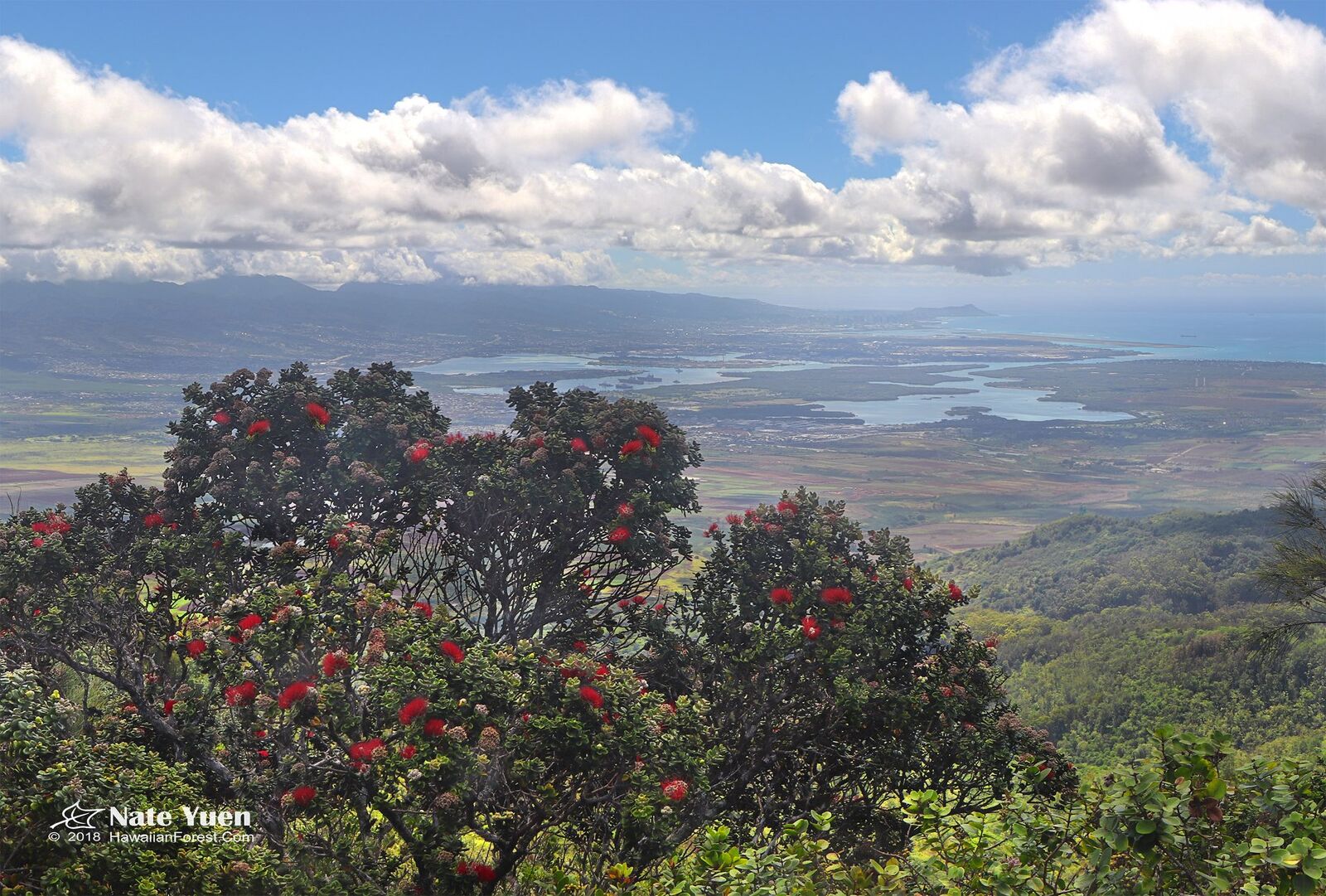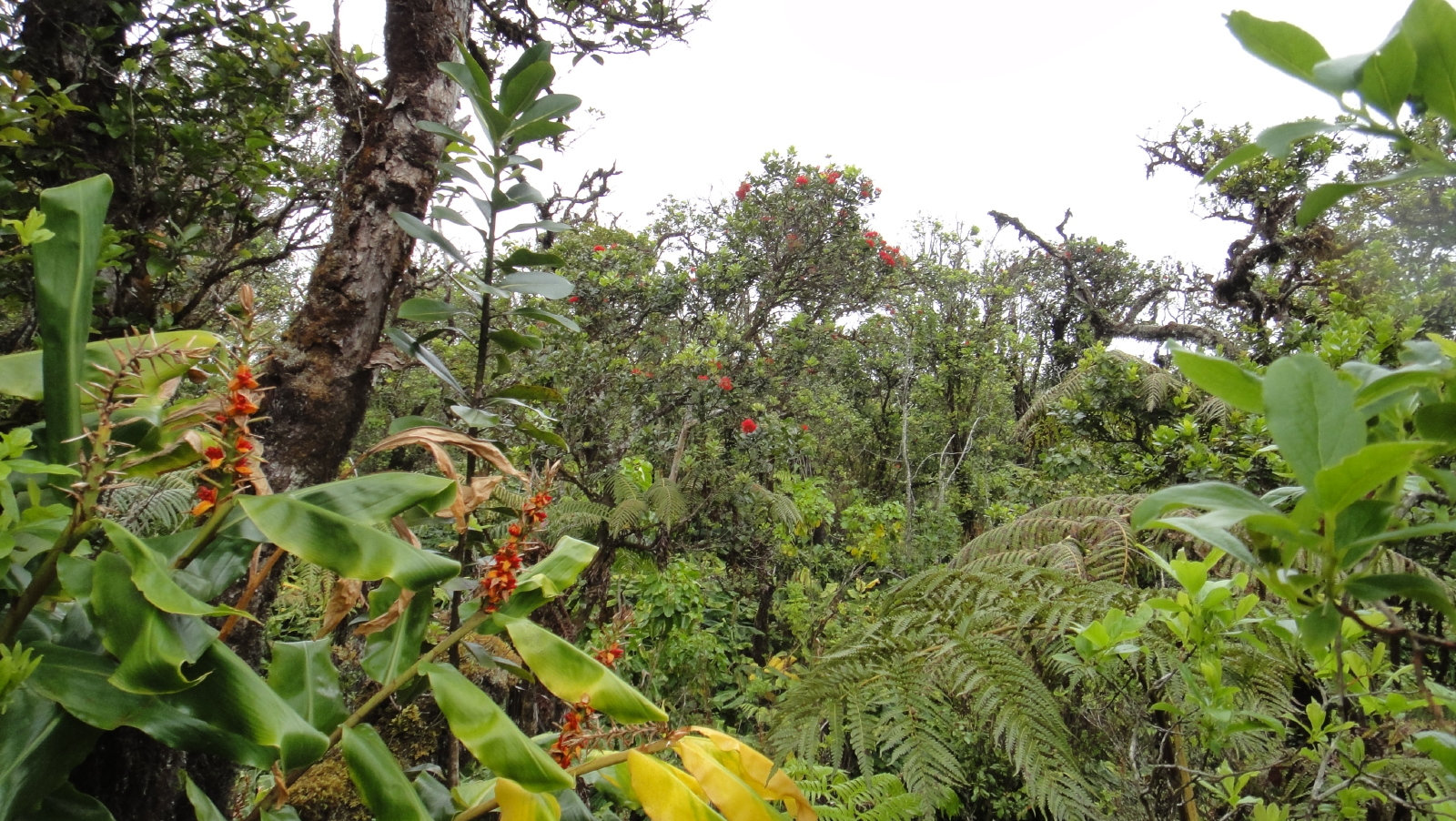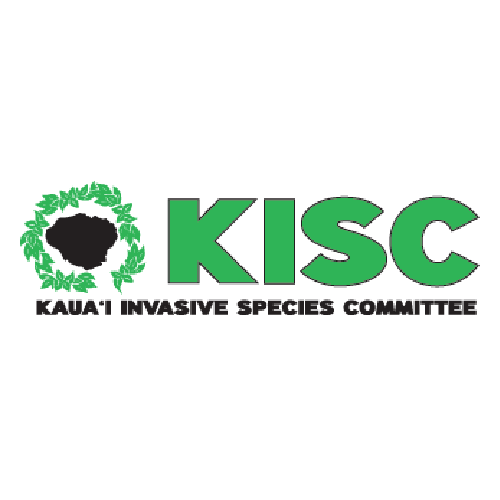Nonnative plant introductions have changed Hawaii forever. Alien introductions like pineapple and plumeria are synonymous with Hawaii. These pono species are good. They feed us and make our land more beautiful. But some alien plants escape cultivation and drastically harm he native ecosystem.
Hawaiʻi is extremely special because of our geographic isolation and unique biodiversity. A combination of dispersibility, random chance, and fitness allowed a small subset of plants and animals to make the 2,400-mile journey and evolve into our diverse native species. The severe isolation of the Hawaiʻian Islands contributed to the evolution of endemic species found nowhere else on Earth. 90% of our native plants are endemic; the last 10% are indigenous. On average, over 70 million years, one plant successfully colonized every 10,000 years.

Throughout the ages, Hawaiʻi’s native plants and animals cooperated, complementing each other’s roles and filling niches. In the absence of predators and humans, the long process of evolution rendered the native flora and fauna almost defenseless. They lost their thorns, spines, poisons, and bad tastes because they were not needed. Why spend energy on an expensive security system when you have the world’s biggest moat, the Pacific Ocean?

Polynesian plants – 0 to 50 nonnative species (400 AD to 1777)
The isolation of Hawaiʻi was interrupted by the arrival of the Polynesians and their 50 nonnative plant introductions. They are called canoe plants or Polynesian introductions. Evolving in a similar island ecosystem, the canoe plants lived in relative balance with the native plant species. No plant was crowed out or displaced due to the newly arrived plant species. Eventually, almost all of the Polynesian introduced species naturalized. On average, over 1,400 years, three plants naturalized every 100 years. A human footprint was made, small compared to the onslaught that would come as the world discovered the “Crossroads of the Pacific.”
The crossroads of the pacific – 50 to 250 nonnative plants (1778 to 1950)
More and more nonnative plant introductions, along with ungulates, were introduced to Hawaiʻi as whalers, missionaries, voyagers, and plantation workers made the arduous journey across the ocean. Once clothed in an abundance of native vegetation, the hillsides were eaten to nothing, destroyed in favor of ranching, agriculture, and development. The native plants had no defenses against the onslaught of hooved animals, who roamed freely across the landscape for over 100 years while voraciously consuming any available vegetation and compacting soil, preventing new plant growth.
Humans added to the problem by overharvesting wood; trees were cut faster than they could be replenished. As forests were cleared for pasture and development, the impact on our natural resources became alarmingly apparent. Muddy rivers carried away precious soil during heavy rains, and sheets of brown water runoff dumped sediment on coral reefs. In many places, so much earth washed away that only bedrock was left. The agricultural industry felt the effects of this soil loss and lack of water replenishment. Many forestry trees were imported to prevent more soil runoff and for experimental plantings: Albizia, Cinnamomum verum, Macaranga mappa, Psidium cattleianum, and Schefflera actinophylla. These species naturalized and became invasive within unprecedented lag times, 14 years on average. Trees in Europe, on the other hand, take an average of 170 years to naturalize.

Modern times – 250 to 12,000 nonnative plants (1951 to present day)
In modern times horticultural plants are being imported to Hawaiʻi and dispersed by humans at an accelerated rate due to the advent of the internet age and fast shipping. We live in a global economy where anything we want is just a click away, and a few days wait for your package to arrive. It is legal to import > 99 % of plants to Hawaiʻi, even plants listed as invasive or weedy.
There are an estimated that 12,000 intentional introductions cultivated in Hawaiʻi, with more being imported and planted every day. A small percentage of these plants are likely to escape cultivation to invade our landscape and negatively affect our natural resources. Recently Hawaiʻi has been called “The endangered species capital of the world,” this is after less than 300 years of exotic introductions since Cook’s arrival. One study suggested alien plants are the leading cause of biodiversity loss in Hawaiʻi, while the US Mainland lists habitat destruction as their leading cause for biodiversity loss. We can get ahead of the problem by planting pono, using plants that won’t overpower and displace the native species.




